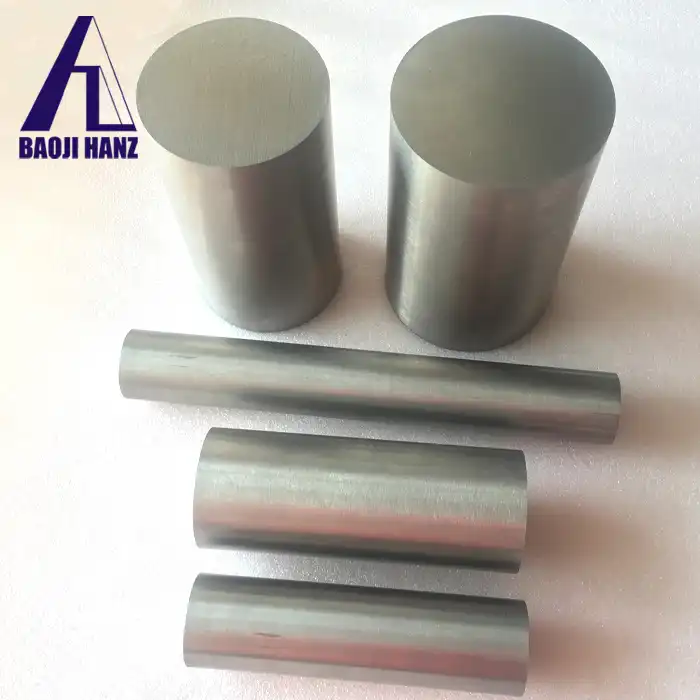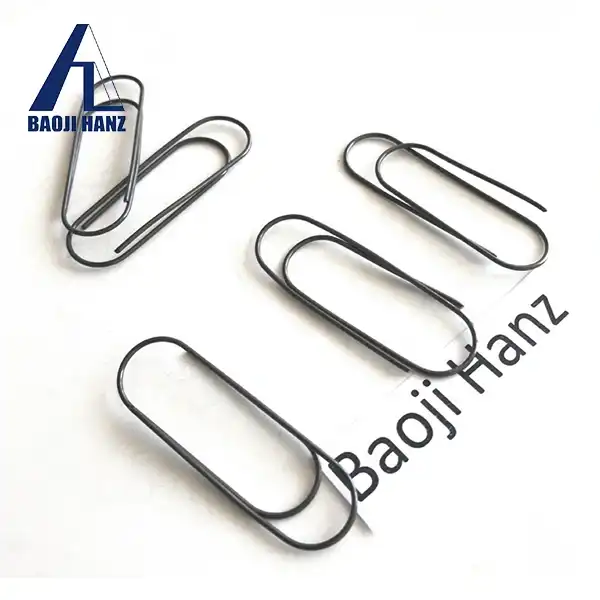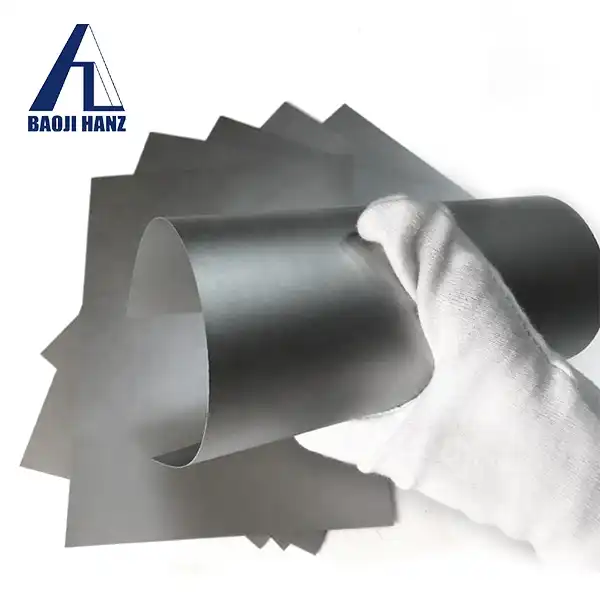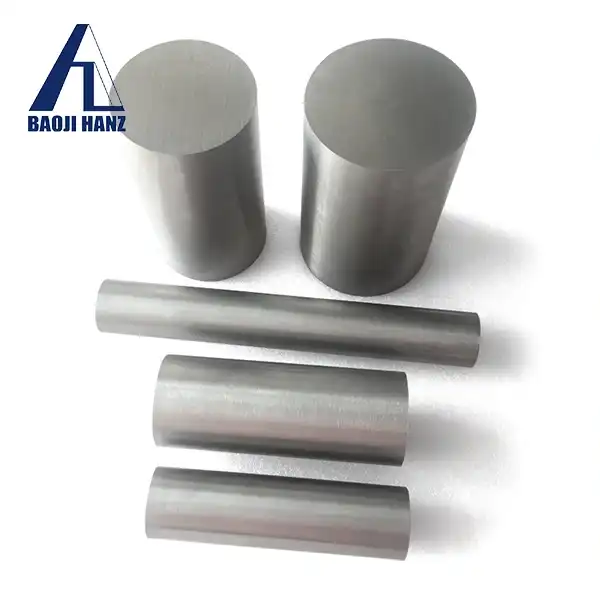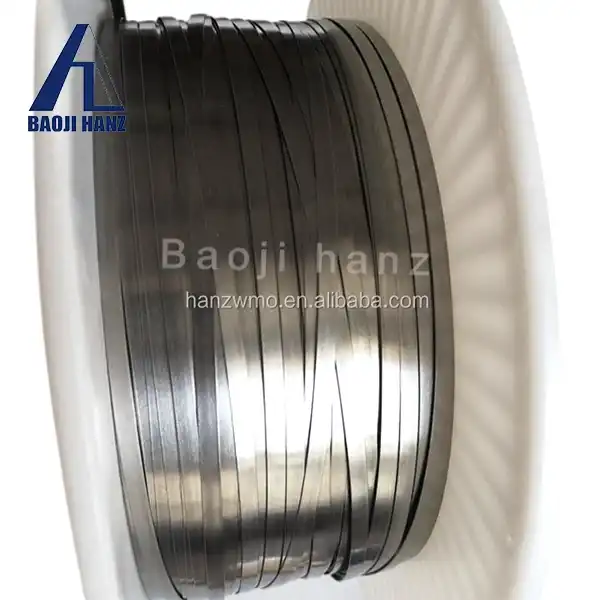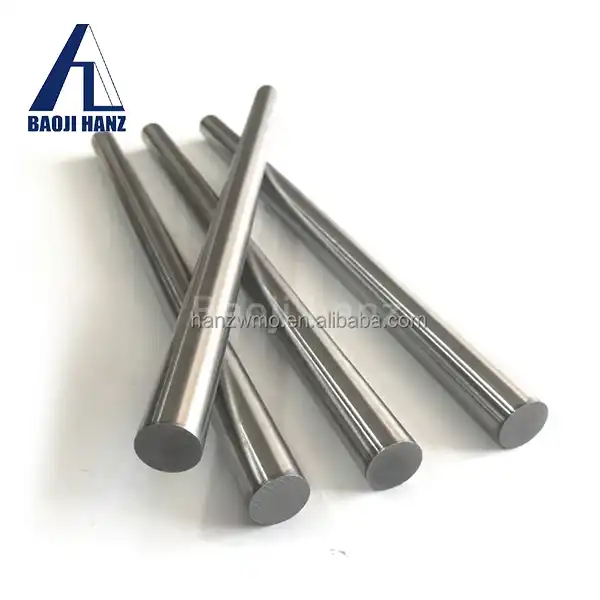How is a nitinol ingot made?
2024-07-16 15:56:33
A Nitinol ingot is typically made through a process called vacuum arc melting. This involves melting a precise blend of nickel and titanium under vacuum to control alloy composition and remove impurities. The molten metal is then solidified into ingots through controlled cooling. After solidification, the ingots undergo further processing such as hot and cold working to achieve desired mechanical properties and shape. Quality control measures ensure consistency in composition and purity, essential for applications requiring Nitinol's unique properties like shape memory and superelasticity in industries such as medical devices and aerospace components.
What are the properties of Superelastic Nitinol Ingots?
Superelastic Nitinol ingots exhibit unique properties that make them highly desirable for various industrial applications:
Shape Memory Effect: Superelastic Nitinol ingots can revert to their original shape after deformation, a property known as the shape memory effect. This allows them to withstand significant strain and return to their pre-deformed state upon heating.
Superelasticity: They demonstrate exceptional elasticity, able to undergo large deformations and recover without permanent damage. This property is crucial in applications requiring resilience to mechanical stress and repeated cycles of deformation.
Biocompatibility: Nitinol is biocompatible, making superelastic ingots suitable for medical implants and devices. They minimize the risk of adverse reactions within the body and support long-term implant durability.
Corrosion Resistance: Nitinol ingots exhibit good resistance to corrosion, enhancing their durability in various environmental conditions and applications where exposure to moisture or chemicals is common.
Temperature Sensitivity: The transformation temperatures of superelastic Nitinol can be tailored during ingot production, allowing for customization to specific application requirements related to temperature sensitivity and mechanical performance.
Fatigue Resistance: They possess high fatigue resistance, maintaining their mechanical properties over extended periods of cyclic loading, which is critical for reliable performance in dynamic applications.
High Strength-to-Weight Ratio: Nitinol ingots offer a high strength-to-weight ratio, providing strength comparable to traditional metals with reduced weight, advantageous in aerospace and automotive industries.
These properties collectively make superelastic Nitinol ingots indispensable in fields requiring precise control over material behavior, such as medical devices, actuators, and other high-performance applications demanding durability and reliability.
What are the applications of Nitinol Superelastic Ingots in modern industries?
Nitinol superelastic ingots find diverse applications in modern industries:
Medical Devices: Used in stents, guidewires, orthodontic wires, and surgical tools due to their biocompatibility and shape memory properties.
Aerospace: Employed in actuators, valves, and components requiring lightweight, durable materials that can withstand extreme conditions.
Automotive: Used in engine components, sensors, and actuators for improved fuel efficiency and performance.
Consumer Electronics: Applications include micro actuators, connectors, and switches for compact, reliable devices.
Robotics: Utilized in robotic components for precise movement and adaptive structures.
Sports Equipment: In applications such as eyeglass frames and archery bows for flexibility and resilience.
Industrial Automation: Used in valves, sensors, and tooling for enhanced efficiency and reliability in manufacturing processes.
Nitinol's unique properties make it indispensable in applications requiring precise control over shape, resilience to deformation, and durability across various industries.
References:
- "Shape Memory Alloys" by M. T. Niinomi (Springer)
- "Shape Memory Alloy Engineering" edited by Mohammad Elahinia (Wiley)
- "Nitinol: The Alloy with a Memory" by Tom Duerig et al. (ASM International)
